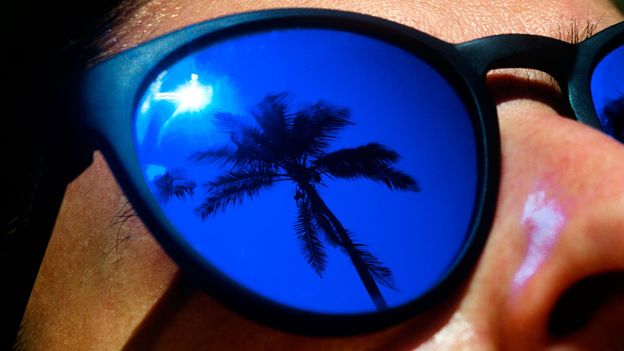Old Technology could breath new life into Restaurants and other close contact businesses...
In a Duh moment several of my colleagues and I may have just come up with a plan to allow close contact businesses to function safely.
Hospitals use what is called a negative pressure room for patients who have infectious diseases. These operate on specific air flow patterns, controlled humidity, and UV lights which the air is pulled through to kill any virus.
Several Companies manufacture UV lights to be used above head high with slow updraft fans to kill the viruses in the air. They run about $175.00 and two can cover a room that is 100' X 30'. A series of these lights and fans in any restaurant could effectively capture and kill viruses that are airborne. These lights can also be fitted with covers that open automatically to the floor and seating areas every hour to kill surface viruses if the narrow band UV bulb is used.
Narrow band UV bulbs are safe for human exposure if it is monitored and intermittent.
We can add to this structured air flows so that air is drawn downward at walls and floor level around the room. This would pull the viruses downward to the floor where the air handler can push them out above the lights after filtration. You could also incorporate a High Output Light chamber (these are kind of pricey) to disinfect the air rapidly as it passes through the chamber. These were used in TB segregation wards so that the staff was not breathing the same air as the patients.
The technology is out there to bring America back on line quickly. The simple light and circulation fans can be installed in a day.
Perfect for sterilizing work stations At this point to the best of our knowledge, all Lumalier products have an 8-10 week lead time. The 36W UV surface disinfection unit is designed for small area UV disinfection, such as individual work stations, fume hoods or lab tables. Ideal for use in...

www.cureuv.com
Maybe, maybe not to the point of UVC Lighting to kill Corona: There is also a third type: UVC. This relatively obscure part of the spectrum consists of a shorter, more energetic wavelength of light. It is particularly good at destroying genetic material – whether in humans or viral particles. Luckily, most of us are unlikely to have ever encountered any. That’s because it’s filtered out by ozone in the atmosphere long before it reaches our fragile skin.
However, it's not quite as good as we might have hoped. In a recent study – which looked at whether UVC could be used to disinfect PPE – the authors found that, while it is possible to kill the virus this way, in one experiment it needed
the highest exposure out of hundreds of viruses that have been looked at so far. The amount of ultraviolet required varied widely, depending on factors such as the shape and type of material the virus was on.
“UVC is really nasty stuff – you shouldn't be exposed to it,” says Arnold. “It can take hours to get sunburn from UVB, but with UVC it takes seconds. If your eyes are exposed… you know that gritty feeling you get if you look at the sun? It’s like that times 10, just after a few seconds.”
Arnold works for UV Light Technology, a company that provides disinfecting equipment to hospitals, pharmaceutical companies and food manufacturers across the UK. Recently, as the global anxiety about Covid-19 has reached extraordinary new heights, he’s found himself fielding some unusual requests.
To use UVC safely, you need specialist equipment and training. The World Health Organization (WHO) has issued a stern warning
against people using UV light to sterilise their hands or any other part of their skin.
There’s only one type of UV that can reliably inactivate Covid-19 – and it’s extremely dangerous.

www.bbc.com
So maybe.., maybe not?



